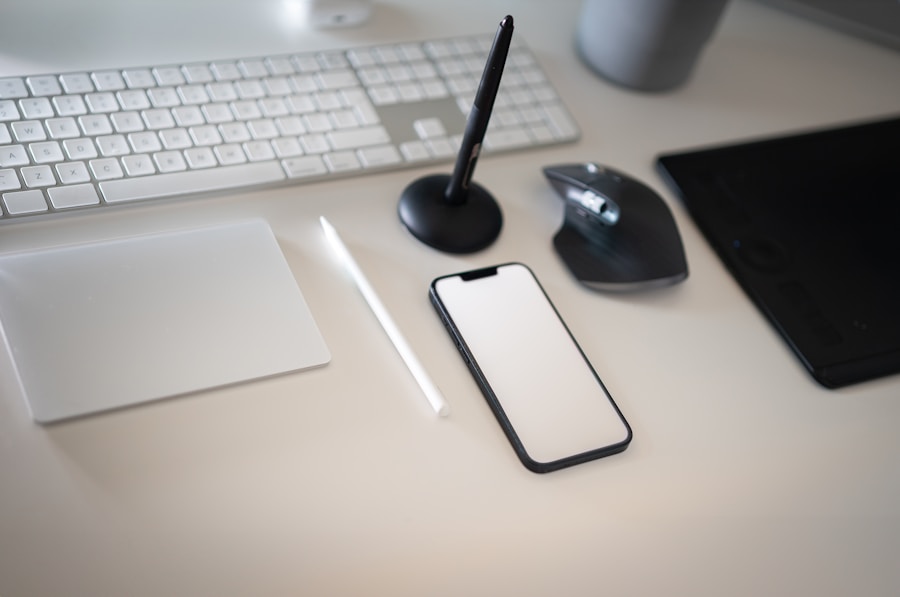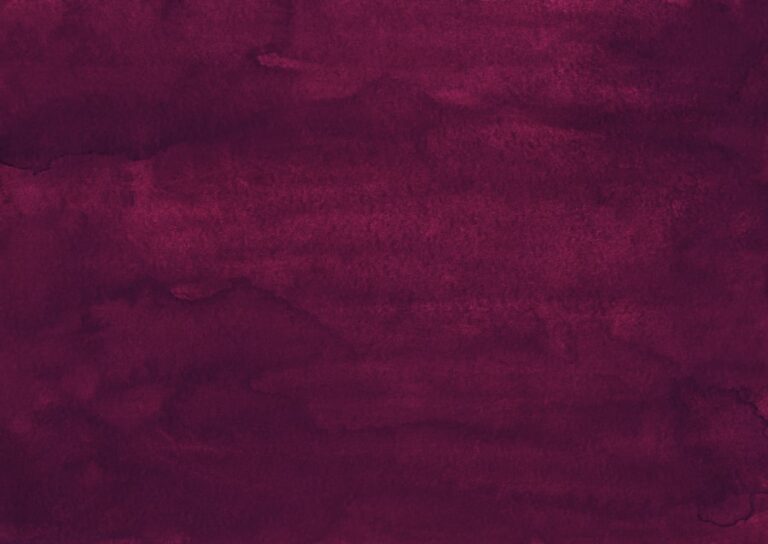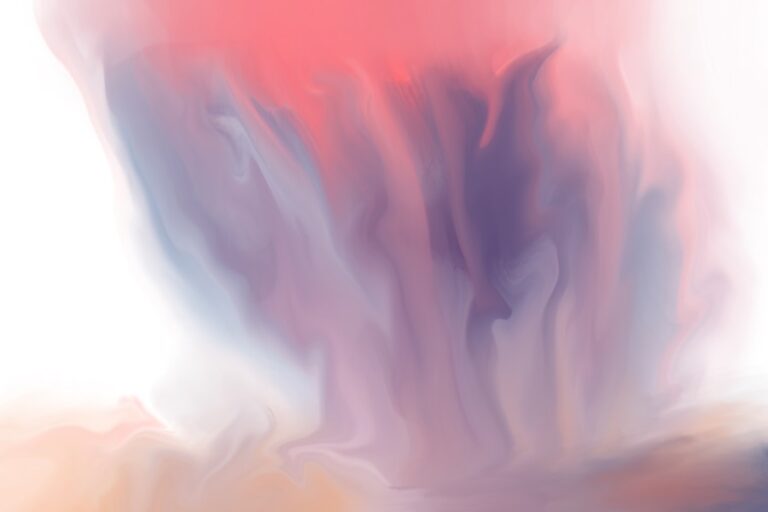From Pixels to Paintbrushes: The Versatility of Digital Art Mediums
Digital art has become an increasingly popular medium for artists in recent years, offering a wide range of creative possibilities and opportunities for expression. With the advancement of technology, artists are now able to create stunning works of art using digital tools and software. From digital painting and photography to animation and virtual reality, the digital art world is constantly evolving and expanding. This article will explore the various mediums of digital art, from traditional forms to cutting-edge technologies, and how they have revolutionized the art world.
Digital art encompasses a wide range of mediums, including digital painting, photography, collage, animation, and virtual reality. These mediums allow artists to create works of art using digital tools such as graphic tablets, digital cameras, and computer software. Digital art has opened up new possibilities for artists, allowing them to experiment with different techniques and styles that were previously impossible with traditional mediums. As technology continues to advance, the possibilities for digital art are endless, and artists are constantly pushing the boundaries of what is possible in the digital realm.
Exploring the World of Digital Painting
Digital painting has become a popular medium for artists looking to create stunning works of art using digital tools and software. With the use of graphic tablets and digital painting software, artists are able to create intricate and detailed paintings with ease. Digital painting offers a wide range of possibilities for artists, allowing them to experiment with different brushes, textures, and colors to create unique and captivating works of art. The ability to undo mistakes and make changes easily also makes digital painting a popular choice for many artists.
One of the key advantages of digital painting is the ability to work in layers, allowing artists to build up their paintings gradually and make changes without affecting the entire composition. This flexibility allows artists to experiment with different techniques and styles, creating works of art that would be difficult or impossible to achieve with traditional painting methods. Digital painting also offers a wide range of tools and effects that can be used to enhance and manipulate the final artwork, giving artists even more creative freedom. With the advancement of technology, digital painting has become an increasingly popular medium for artists looking to push the boundaries of traditional painting and explore new creative possibilities.
The Evolution of Digital Photography
Digital photography has revolutionized the way we capture and share images, offering a wide range of creative possibilities for photographers. With the advancement of digital cameras and editing software, photographers are now able to create stunning images with ease. Digital photography has made it easier than ever for photographers to experiment with different techniques and styles, allowing them to push the boundaries of traditional photography and explore new creative possibilities. The ability to edit and manipulate images digitally has also opened up new possibilities for photographers, allowing them to create unique and captivating works of art.
One of the key advantages of digital photography is the ability to capture high-quality images with ease, allowing photographers to focus on their creativity rather than technical limitations. Digital cameras also offer a wide range of settings and options that can be used to enhance and manipulate images, giving photographers even more creative freedom. With the rise of social media and online platforms, digital photography has become an increasingly popular medium for photographers looking to share their work with a wider audience. The evolution of digital photography has opened up new possibilities for photographers, allowing them to experiment with different techniques and styles and push the boundaries of traditional photography.
The Rise of Digital Collage and Mixed Media
Digital collage and mixed media have become increasingly popular mediums for artists looking to create unique and captivating works of art using digital tools and software. With the use of digital images, textures, and effects, artists are able to create intricate and detailed collages with ease. Digital collage offers a wide range of possibilities for artists, allowing them to experiment with different elements and styles to create visually stunning compositions. The ability to manipulate and combine images digitally also makes digital collage a popular choice for many artists.
One of the key advantages of digital collage is the ability to work with a wide range of elements and effects, allowing artists to create works of art that would be difficult or impossible to achieve with traditional collage methods. The flexibility of digital collage also allows artists to experiment with different techniques and styles, creating works that are truly unique and captivating. With the advancement of technology, digital collage has become an increasingly popular medium for artists looking to push the boundaries of traditional collage and explore new creative possibilities.
Animation and Motion Graphics in the Digital Age
Animation and motion graphics have become increasingly popular mediums for artists looking to create dynamic and engaging works using digital tools and software. With the use of animation software and digital effects, artists are able to create stunning visual experiences with ease. Animation offers a wide range of possibilities for artists, allowing them to experiment with different techniques and styles to create captivating works that come to life on screen. The ability to manipulate and animate images digitally also makes animation a popular choice for many artists.
One of the key advantages of animation is the ability to bring static images to life through movement and visual effects, creating dynamic works that captivate audiences. Motion graphics also offer a wide range of tools and effects that can be used to enhance and manipulate the final artwork, giving artists even more creative freedom. With the advancement of technology, animation has become an increasingly popular medium for artists looking to push the boundaries of traditional art forms and explore new creative possibilities.
Virtual Reality and Interactive Art
Virtual reality (VR) and interactive art have become increasingly popular mediums for artists looking to create immersive and interactive experiences using cutting-edge technologies. With the use of VR headsets and interactive software, artists are able to create stunning virtual worlds that audiences can explore and interact with in real time. VR offers a wide range of possibilities for artists, allowing them to experiment with different techniques and styles to create captivating experiences that push the boundaries of traditional art forms. The ability to immerse audiences in virtual environments also makes VR a popular choice for many artists.
One of the key advantages of VR is the ability to create fully immersive experiences that transport audiences into new worlds and realities. Interactive art also offers a wide range of tools and effects that can be used to enhance and manipulate the final artwork, giving artists even more creative freedom. With the advancement of technology, VR and interactive art have become increasingly popular mediums for artists looking to push the boundaries of traditional art forms and explore new creative possibilities.
The Future of Digital Art: NFTs and Blockchain Technology
The future of digital art is being shaped by NFTs (non-fungible tokens) and blockchain technology, offering new opportunities for artists to monetize their work and reach a wider audience. NFTs allow artists to create unique digital assets that can be bought, sold, and traded on blockchain platforms, providing a new way for artists to showcase their work and connect with collectors. Blockchain technology also offers a secure and transparent way for artists to authenticate their work and track its ownership history, providing a level of trust and transparency that was previously difficult to achieve in the digital art world.
One of the key advantages of NFTs is the ability for artists to retain ownership and control over their work, ensuring that they receive royalties whenever their work is sold or traded. NFTs also offer a new way for collectors to invest in digital art, providing a secure way to buy and sell unique digital assets. With the rise of NFTs and blockchain technology, the future of digital art is becoming increasingly decentralized and accessible, offering new opportunities for artists to showcase their work on a global scale.
In conclusion, digital art has revolutionized the way we create, share, and experience art in the modern age. From digital painting and photography to animation, virtual reality, and interactive art, the world of digital art offers endless creative possibilities for artists looking to push the boundaries of traditional art forms. With the rise of NFTs and blockchain technology, the future of digital art is becoming increasingly decentralized and accessible, offering new opportunities for artists to showcase their work on a global scale. As technology continues to advance, the possibilities for digital art are endless, shaping the future of art in exciting new ways.






